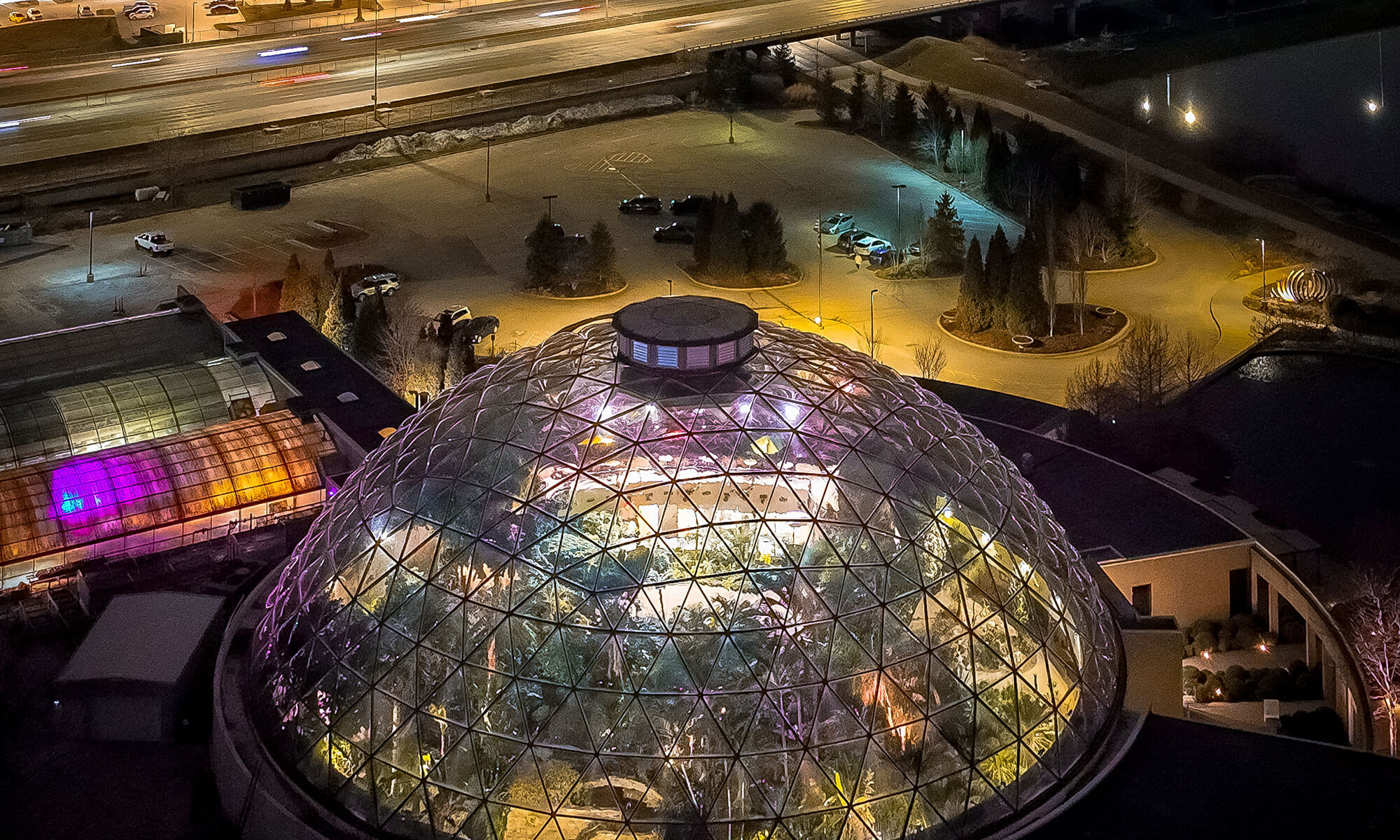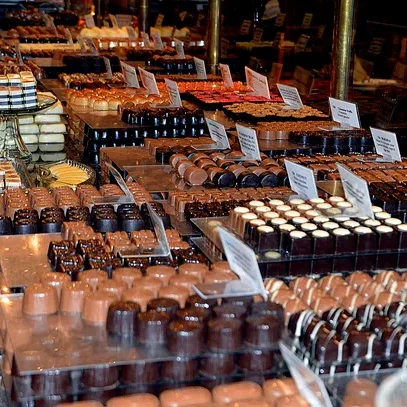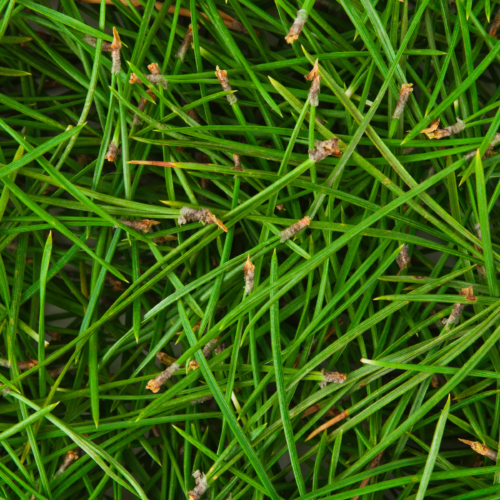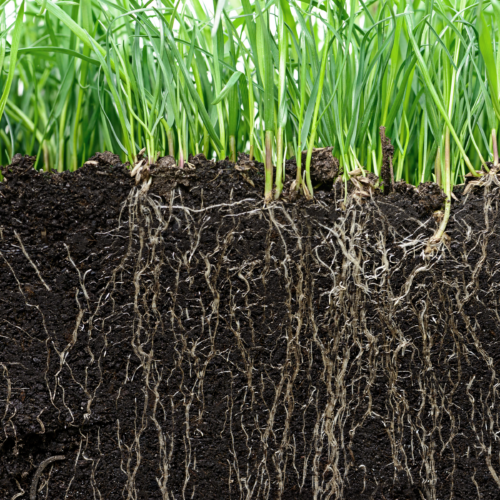Learn why the leaves change in the fall!
One of the greatest things about autumn is watching leaves turn from green to yellow, orange, and red. This colorful transition is the result of changing amounts of compounds inside leaves called pigments.
Chlorophyll is used by plants to convert sunlight into sugars, and it reflects green light. For most plants, it is the dominant pigment seen year-round. When fall begins, leaves stop producing chlorophyll, which unmasks other colorful pigments.
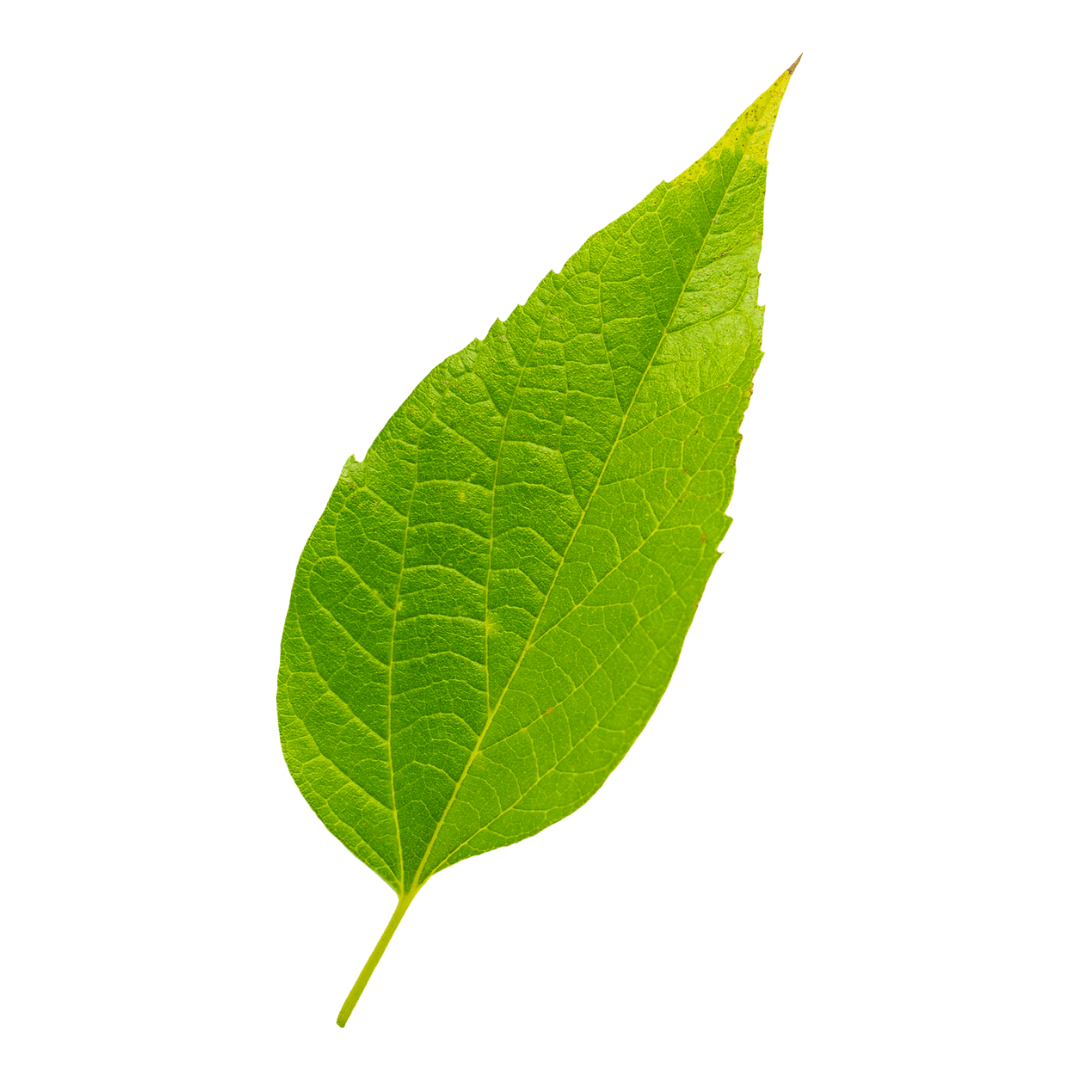
Carotenoid pigments are also present year-round, though they are typically overshadowed by chlorophyll. They reflect the colors yellow and orange. We find carotenoid pigments in many species, including Sugar Maple, Ginkgo, Cottonwood, and more.
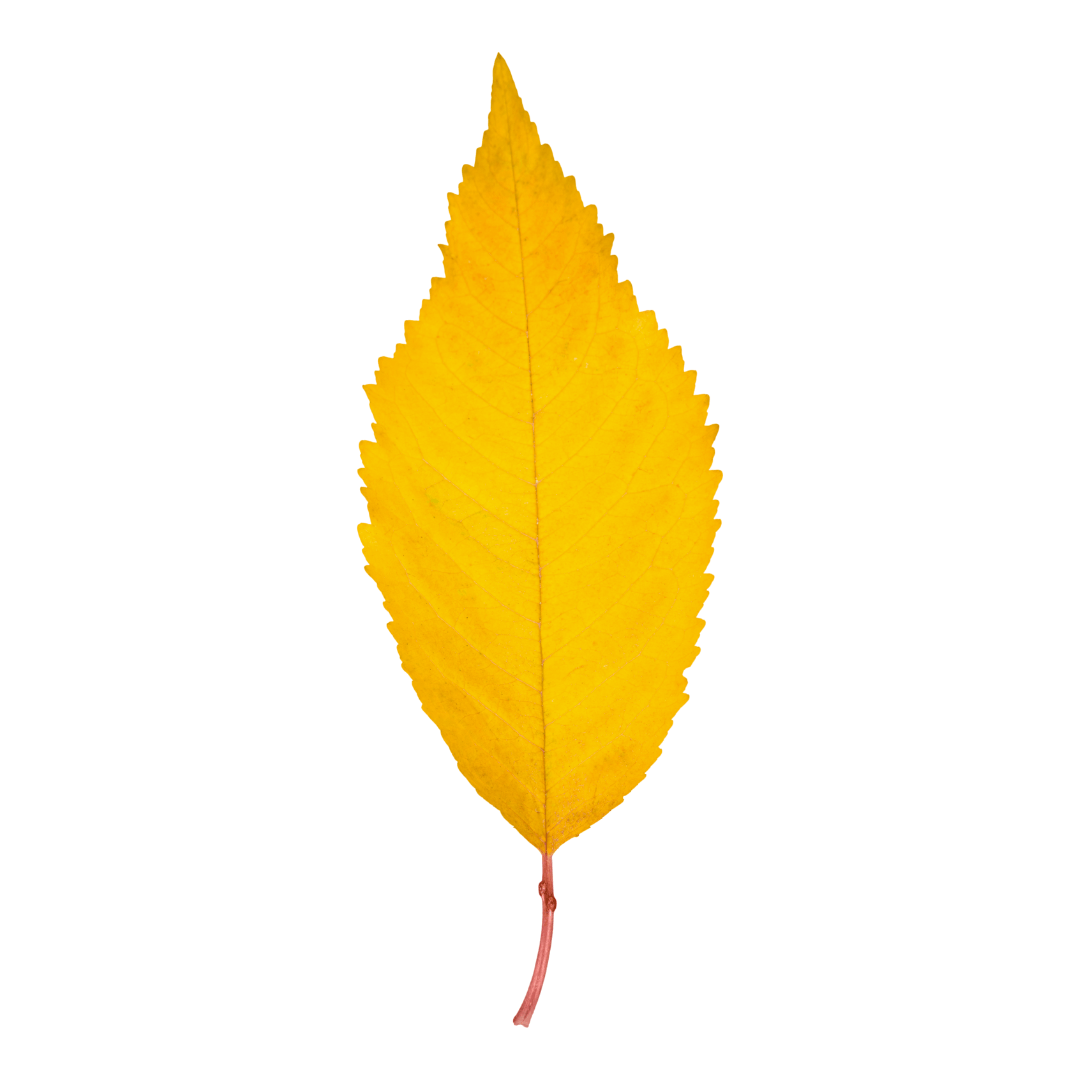
Anthocyanins are produced in autumn and reflect red and purple light. We find anthocyanin pigment in plants known for their red fall leaves, like Red Maple, Scarlet Oak, Sumac, and more.
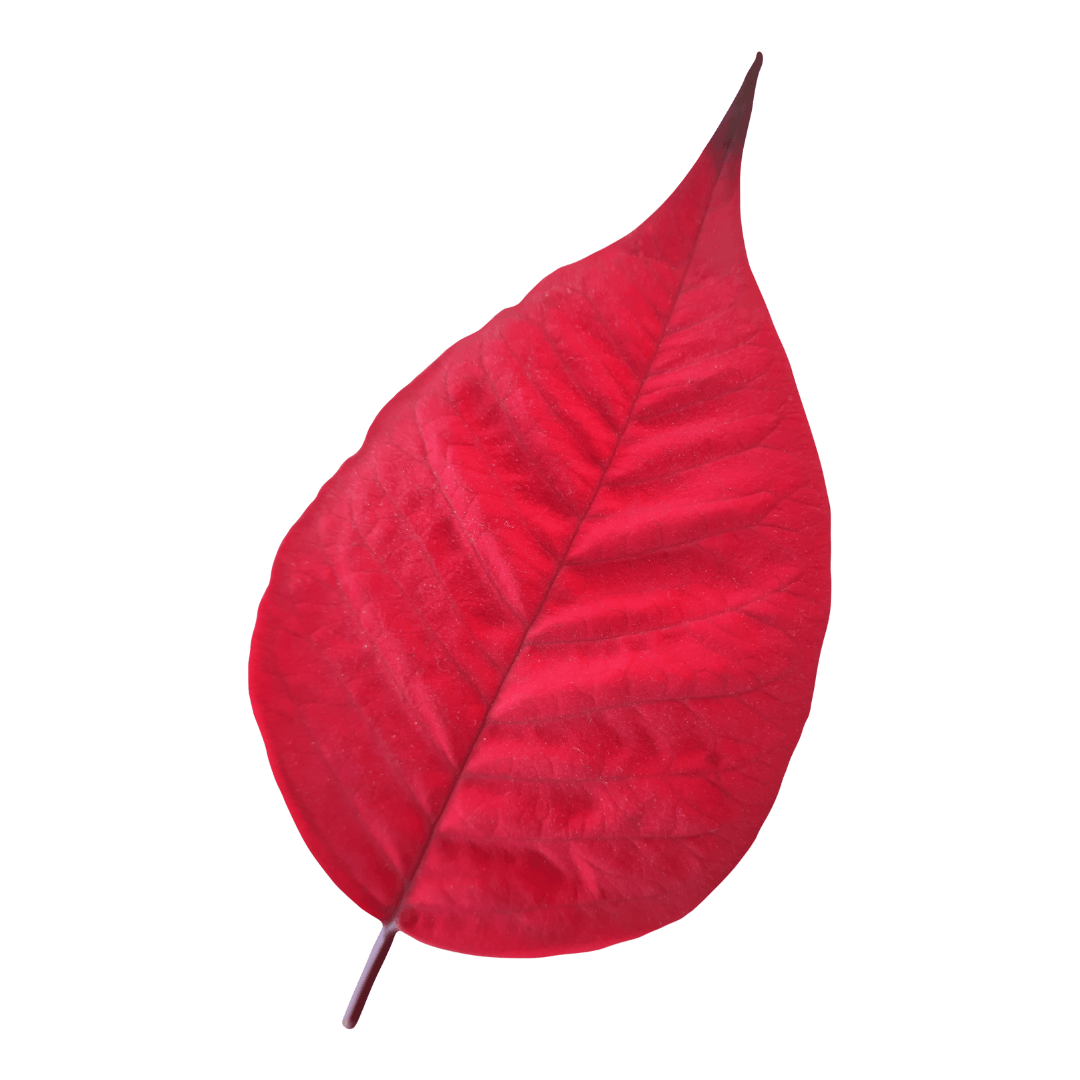
Tannins are found in leaves year-round and reflect the color brown. All plants contain tannins in their cell membranes. This pigment doesn’t fade with exposure to sunlight, which is why it is the last color to remain in fall leaves.
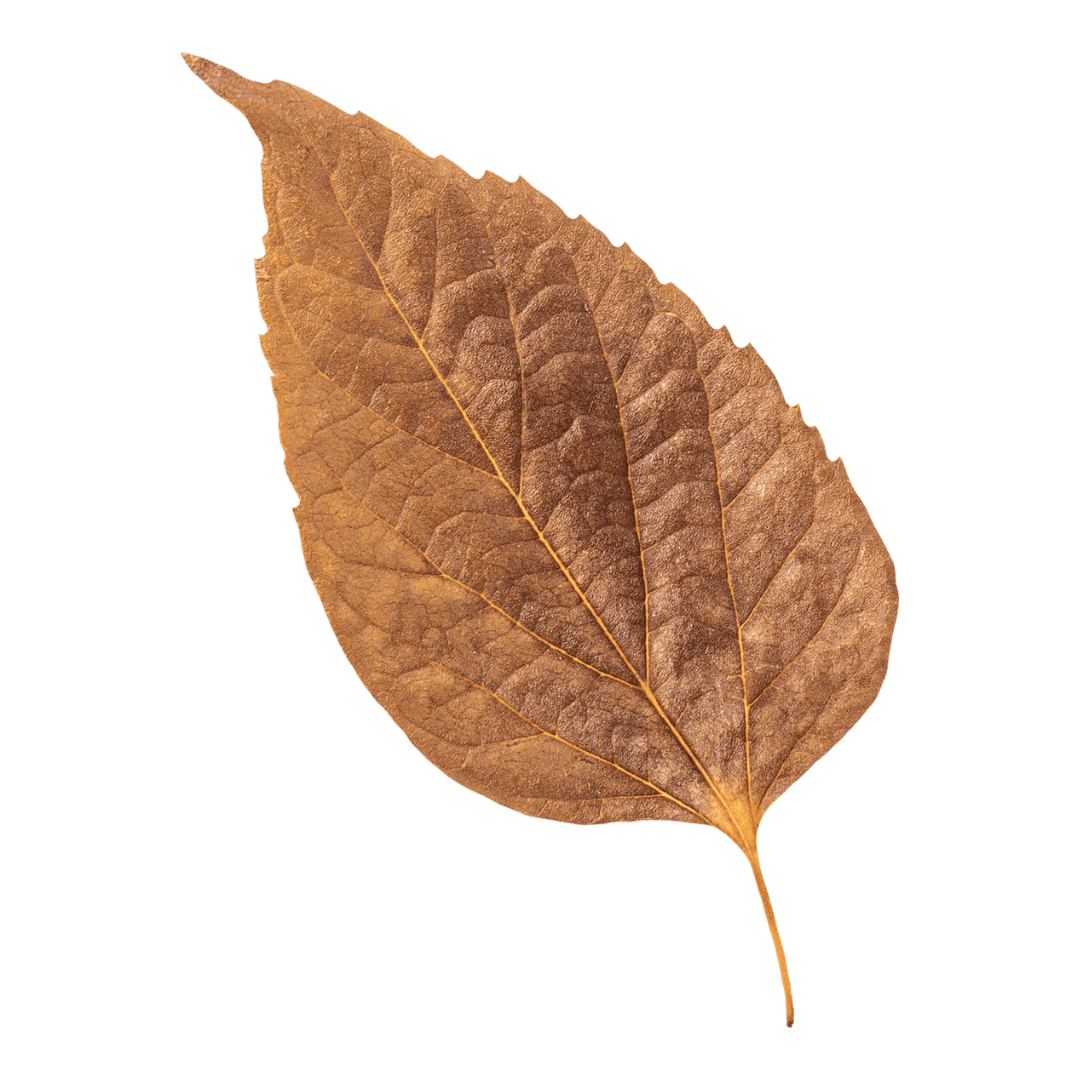
Let’s see if we can isolate the pigments that are present in fall leaves we find outside! Follow the instructions below to conduct your own experiment.
Materials
- Leaves in a variety of colors
- Several heat-resistant glasses, cups, or small bowls
- Isopropyl alcohol
- Plastic wrap or aluminum foil
- Water
- Coffee filters
Instructions
- Go outside and collect a variety of colorful fall leaves. Keep leaves from different trees separate.
- Tear the leaves into smaller pieces and place them in a cup with other leaves of the same type.
- Add just enough isopropyl alcohol to each cup to cover the leaves. Cover the cups with plastic wraps or aluminum foil.
- Place the cups in a dish of hot water for at least 30 minutes, until the liquid has changed color.
- Cut coffee filters into strips, and place one strip in each cup so that one end is dipped in the colored liquid. Let sit for one hour to overnight.
What Happened?
Some of the colored liquid will slowly travel up your coffee filter strip. As this liquid travels, it will most likely separate into different colored bands. This is a scientific technique called chromatography, which is used to separate different parts of a mixture. These bands represent the different pigments in your leaves. Can you use the color of your bands to identify the pigments in each leaf?
Ideas for Further Discovery?
Repeat this experiment with leaves from the same tree throughout the fall season. Do you see the same or different pigments over time? Collect a variety of leaves from different trees that are all red (or all yellow, orange, etc.). Do you find the same pigments in each leaf? Why or why not?
Repeat this experiment using a variety of leaves that are all green. Use your findings to predict which leaves will be the most colorful as autumn continues.


